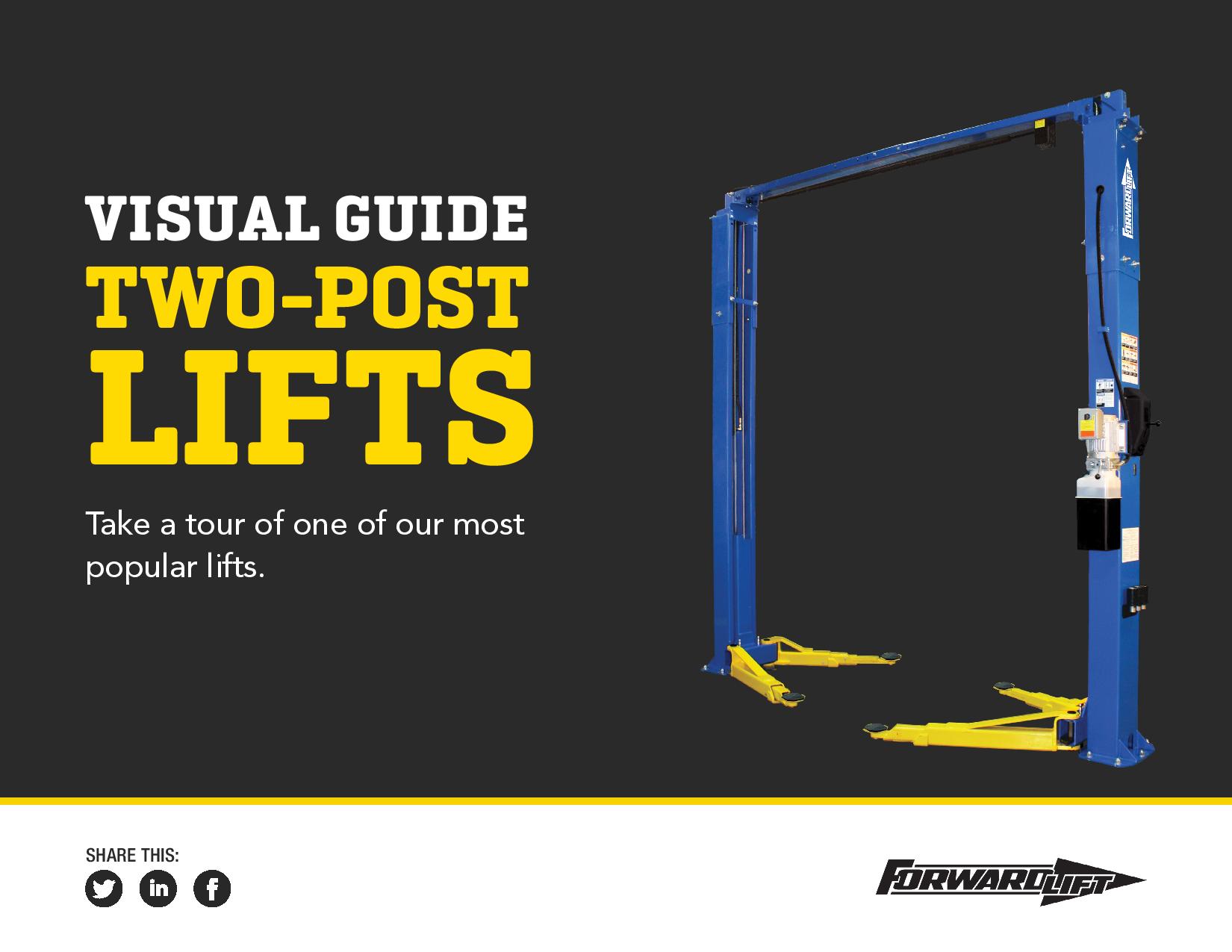Classic cars—what’s not to love? Well, until your classic car is up and running smoothly, there’s potentially a lot. Every car is different, with its own history, quirks and repair needs. But when you’re choosing a shop to work with you, there are four things you should do no matter your vision.
Four things to do before choosing a classic car repair shop.
1. Know your goal. There are so many ways to restore, upgrade, modernize and repair cars these days. So before you leave your pride and joy in someone else’s hands, make sure that you’ll get what you want out of the work.
What’s your end goal or vision for the project? Do you want something that runs like a modern car but looks original? Do you want to maintain the original integrity as much as possible? What aspects of repair or restoration are nonnegotiable to you?
When you have a nonnegotiable objective in mind, it’s easier to discuss a realistic plan of approach.
2. Do your research. Once you have a goal in mind, you can start looking for shops. A great place to start is by asking fellow car enthusiasts which repair shops they trust. Check in with online forums and Facebook groups, put out an open call for suggestions on Twitter, read shop reviews on Google, or just strike up a conversation with someone in your area who owns classic cars. Be sure to ask these follow-up questions as part of your discussion:
- Were you happy with the outcome? What was the quality of work like?
- What repair time frame were you given, and how long did it end up taking?
- Were the estimates accurate?
- Was the shop easy to communicate with?
It’s better to learn from someone else’s bad experience than risk putting your money or your vehicle in jeopardy.
3. Stop by for a visit. Once you have a few shops in mind, it’s time to visit in person if you can. There are things you should see with your own eyes that you just can’t know from a phone call or website. Be sure to bring pictures of your classic car so you can consult face-to-face about whether this shop is right for the job. Share what you know about the condition of the vehicle and your end goal from step one.
You’ll want to make sure the shop is organized and insured—especially if your car is going to be sitting in their garage for a few months. Ask to see where vehicles are worked on and stored. What kind of equipment do they use? Is it professional and well taken care of?
This step is all about your own peace of mind. If you see or sense any red flags on the visit, don’t ignore them. A trustworthy shop should welcome your questions and make you feel excited about what’s to come.
4. Review, review, review. Once you have estimates and repair plans in hand, look them over thoroughly. This is your opportunity to get everything in writing to ensure your goals are met on time and on budget (as much as possible). While there are always some repairs and challenges you just can’t plan for, you want to trust that (should something come up) you’ve got a partner who will work with you toward a win-win solution.
Understanding payment is a big part of this step. What forms of payment are accepted? How many installments will they accept and when are they due? Above all, make sure you know who to contact and how to get ahold of them if you have a question. The worst thing you can do is sign on the dotted line and leave the rest up to fate.
If you want to see a classic car restoration in action, episode six of Fast Forward Garage, our original web series, has you covered. Follow along as the crew at Ludlow Automotive and Speed Shop start part one of the restoration of a ’67 Corvette. Don’t forget to check out all the episodes on our YouTube and Facebook pages.


